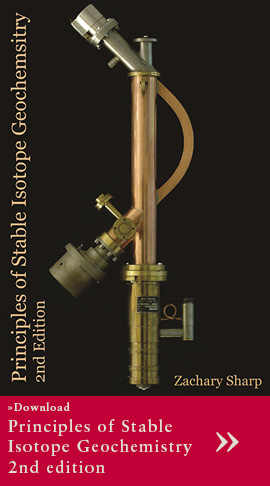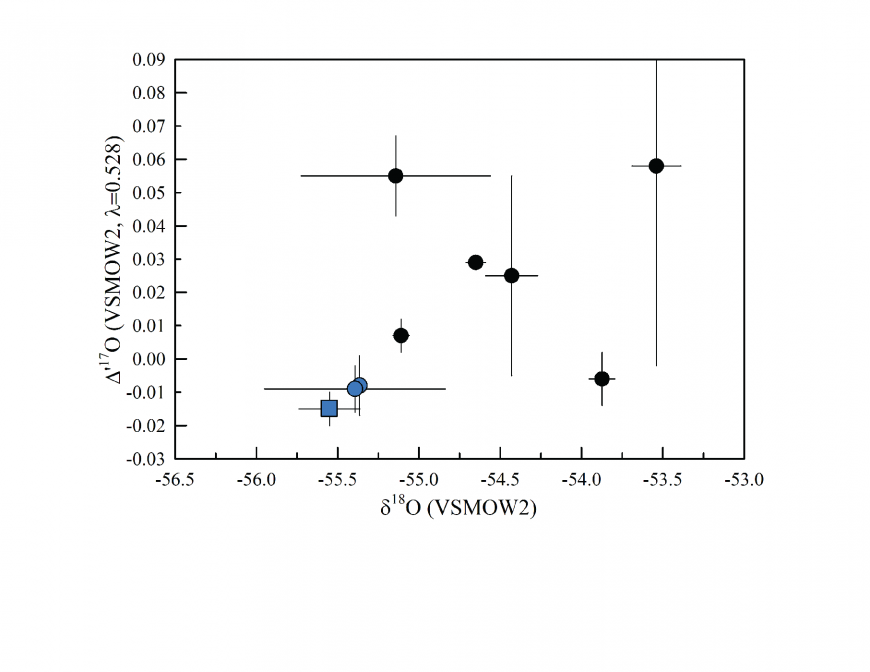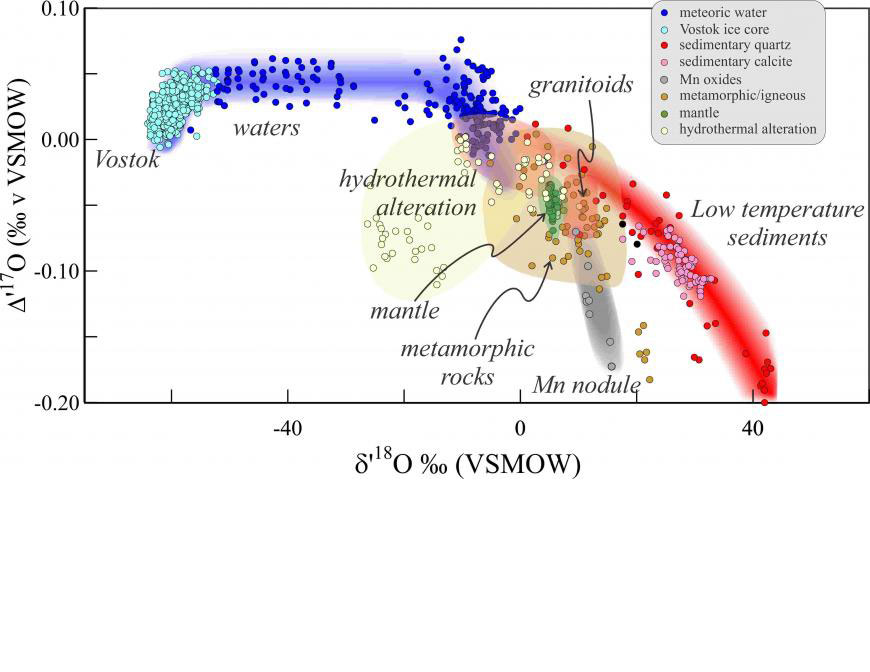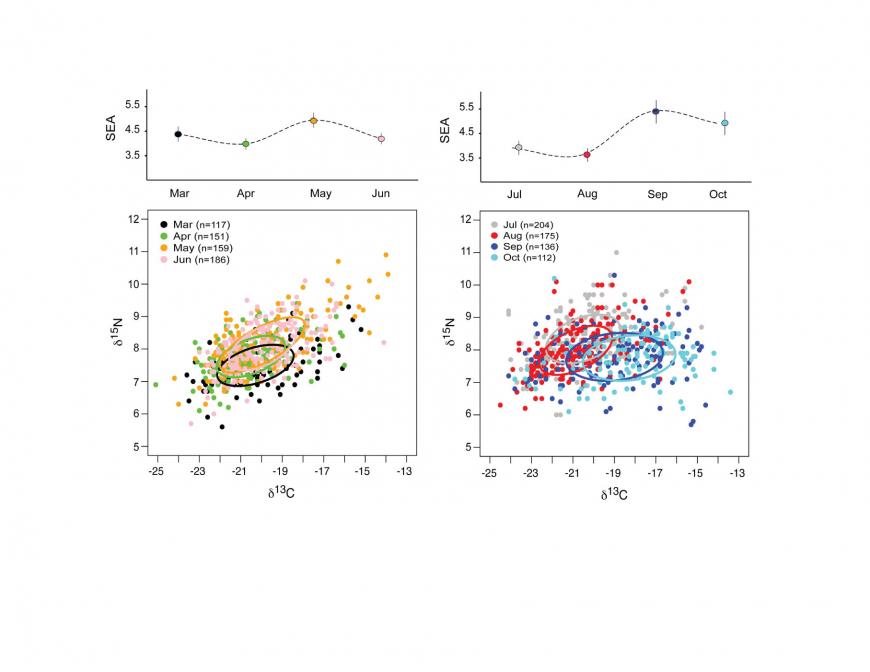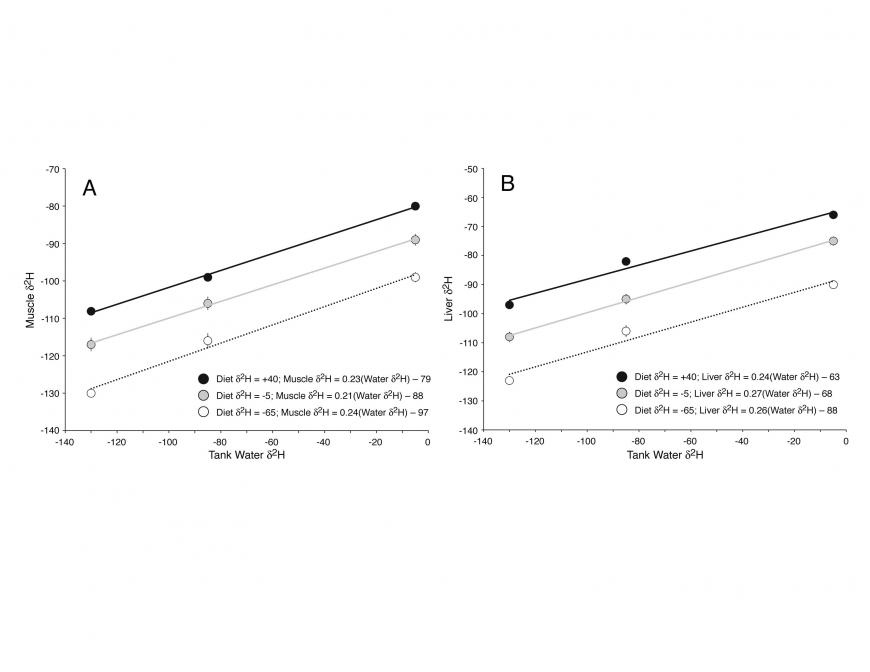Center for Stable Isotopes
Center for Stable Isotopes
The University of New Mexico Center for Stable Isotopes is a non-profit research focused laboratory and analytical facility founded in 2014. The mission of UNM-CSI is to support world-class stable isotope research by scientists and students across disciplines from Earth and Planetary Sciences, Biology, Anthropology, Chemistry and the Biomedical Sciences. We aim to do this by:
- Providing broad access to state-of-the-art analytical instrumentation capable of measuring stable isotope ratios of light elements-–carbon, nitrogen, oxygen, hydrogen, sulfur and chlorine-–in organic and inorganic substrates at affordable rates.
- Providing educational support in the form of training programs with hands-on instruction for undergraduate and graduate students on how to collect, prepare, and analyze sample, as well as aid in the interpretation of results.
- Encourage cross-disciplinary exchange of ideas and techniques at UNM and beyond regarding the application of stable isotopes in the planetary, life and medical sciences.
Join to play our wide selection of fun feature packed slots canada online.
Highlighted Student Abstract
Author/s: Erin E. Ray, Paige Lynch, Emily Moes, Keith M. Prufer
In Mesoamerica, it is clear the advent of agriculture brought unprecedented population expansion. However, as with many questions about this transition, a lack of archaeological remains has made determining the details such as when population growth began and the demographic profile of the population growth difficult to determine. The rockshelter sites of Saki Tzul and Mayahak Cab Pek, located in Southern Belize, provide a unique opportunity to answer certain questions about changes in the... read more
Highlighted Faculty Research
Gut microbiota are now recognized as important contributors to the diet and overall fitness of most animals for many reasons. These microbial communities often metabolize compounds that their host species cannot, and they contribute essential compounds needed for homeostasis and reproduction, particularly for organisms that experience seasonal or pesistent protein limitation. To date, most studies have focused on how gut microbes influence carbohydrate metabolism of their host, especially... read more







